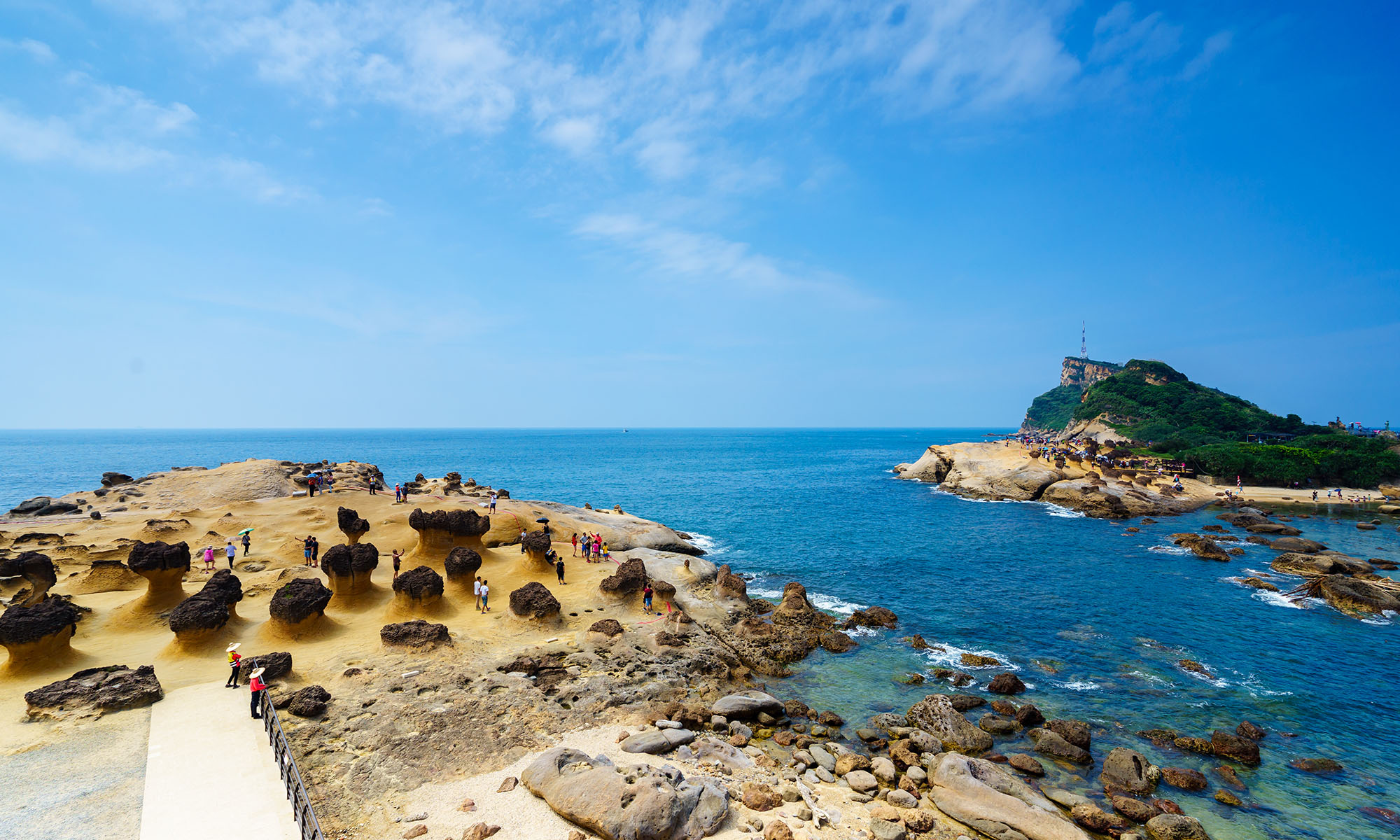For families with kids, New Taipei offers countless adventures and interactive destinations that can make for fulfilling days for the whole family. Outdoor destinations include Yangmingshan National Park, the Northern Coastline and its beaches, as well as the indigenous mountain village of Wulai, while rainy day options include Jinguashi Gold Ecological Park, and Pinglin Old Street along the historic Pingxi Rail Line.
📍 Route 1: Yangmingshan and North Coast
Yangmingshan National Park
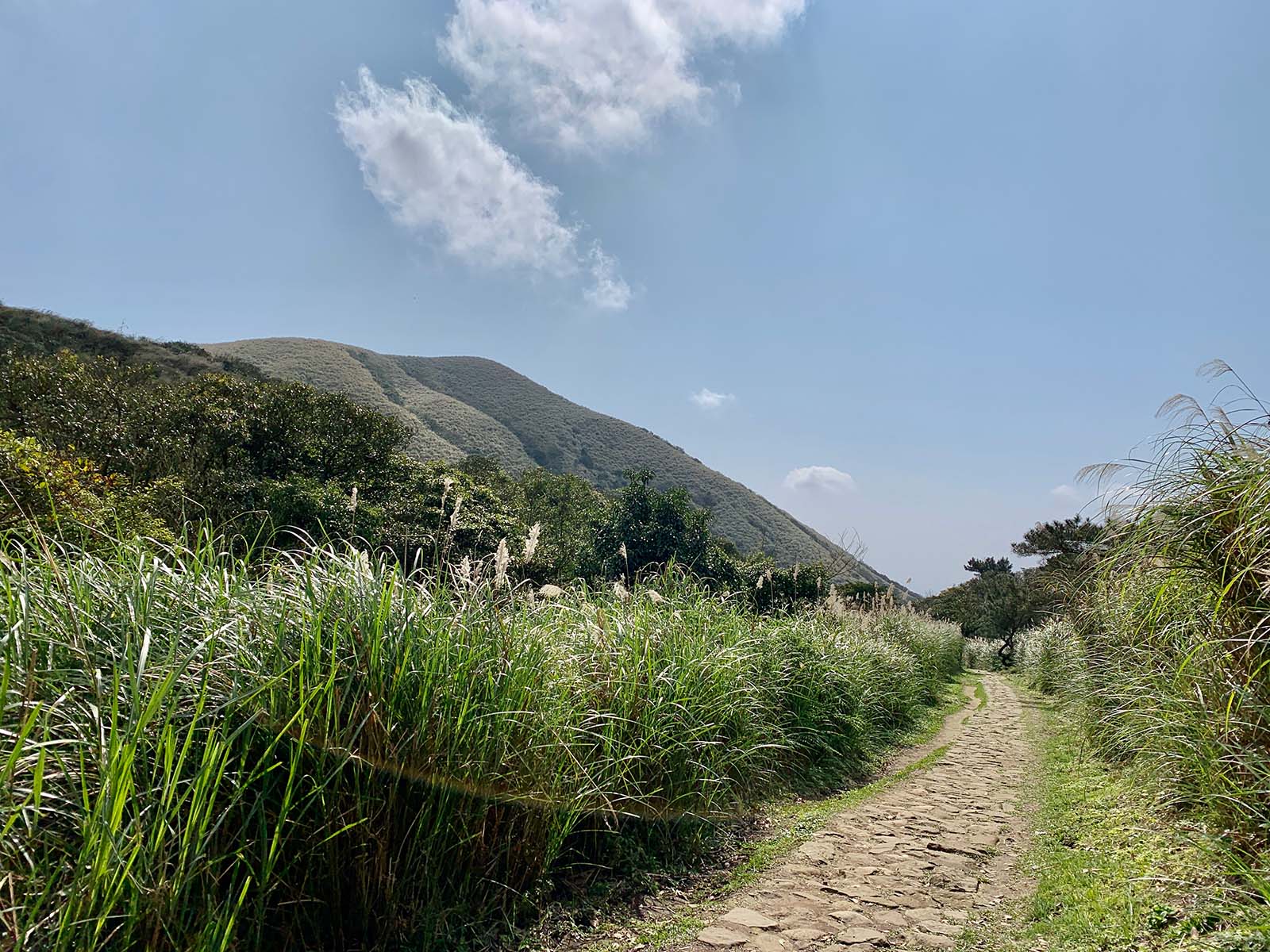
Yangmingshan National Park is less than an hour’s drive from downtown Taipei, and an absolute must-visit for anyone passing through the area. Every season brings a different highlight to the park: in spring it’s the cherry blossoms; in summer, swarms of butterflies; in autumn, sprawling meadows of silver grass; and in winter, it’s hot spring season. Of course, year-round attractions include hiking Taiwan’s tallest dormant volcano, checking out the hot spring fumaroles, and the epic views from the high mountain grasslands at Qingtiangang.
Yehliu Geopark & Guihou Fishing Port

Yehliu Geopark, located on Taiwan’s Northern Coast, is famous for its bright-yellow rock formations. Here, the soft limestone along the seashore has been shaped into unique attractions with names like “Queen’s Head”, “Fairy’s Shoe and Candle”, “Bean Curd”, and “Dragon Head”. These geological spectacles are the result of thousands of years of wind and water-based erosion.
Just around the corner from Yehliu Geopark, the colorful fishing port of Guihou has become famous for its delicious Wanli Crab. In fact, the crab here is so popular that restaurants serving freshly steamed crabs have opened up directly at the port. Think of the lobster pounds that populate the remote harbors of the Northeastern United States; this is seafood at its freshest—and just like fresh lobster, Wanli Crab is best tasted without any seasonings or condiments. While Guihou Port is usually packed on the weekends, the restaurants are quite efficient and should make any wait time encountered bearable.
« Read Less📍 Route 2: Ruifang and the Pingxi Rail Line
Fulong Beach

Fulong Beach is Taipei’s most famous white sand beach, and one of the best destinations for summer water activities. Located right at the mouth of Shuang River, the beach is sandwiched between the Pacific Ocean on one side and the Shuang River estuary on the other. Every summer, the beach hosts the Fulong International Sand Sculpture Art Festival which features sand sculptures over 5-meters in height!
When you get hungry, consider trying the famous “Fulong Bian Dang”, a special type of bento box lunch sold along the main street in front of Fulong Train Station. It’s said to be less oily than bento boxes sold elsewhere, but we think it might be everyone’s empty stomachs that guarantees its deliciousness.
« Read LessJinguashi Gold Ecological Park
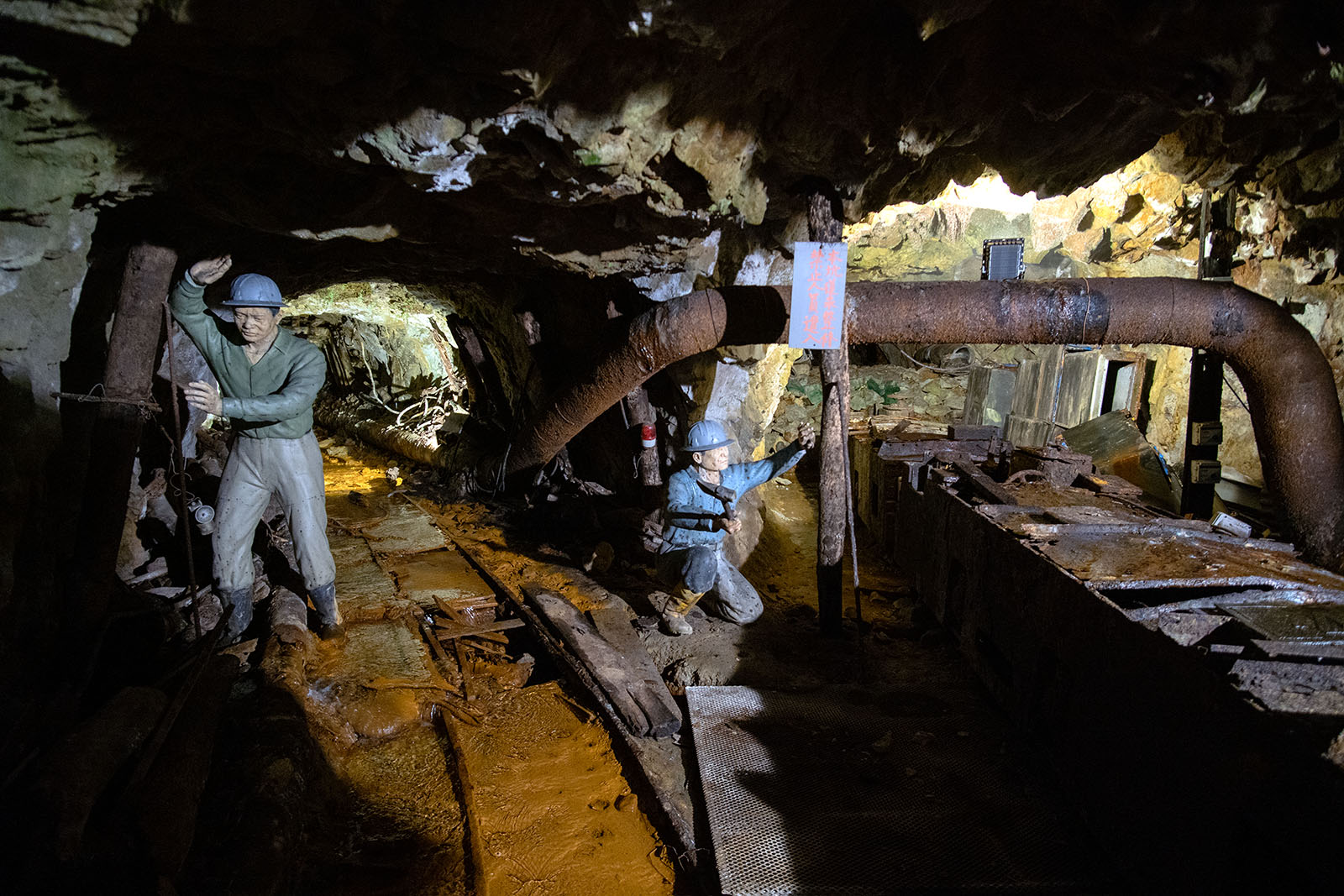
Jinguashi, located on the Northeast Coast to the east of Taipei, is a former copper and gold mining town that features Japanese-era mining buildings. The family-friendly Jinguashi Ecological Park offers several DIY experiences aimed at letting visitors gain a little insight into what it was like to be a miner. The educational Benshan Fifth Tunnel experience also allows visitors to get a first hand look at the conditions in a mining tunnel. Other attractions include preserved wooden Japanese-style residences and a gold-panning experience. Just behind the park, a short walking path leads to the ruins of a mountainside shinto shrine, the Jinguashi Shrine, where large-scale religious festivals were held yearly during the Japanese colonial era.
Houtong Cat Village
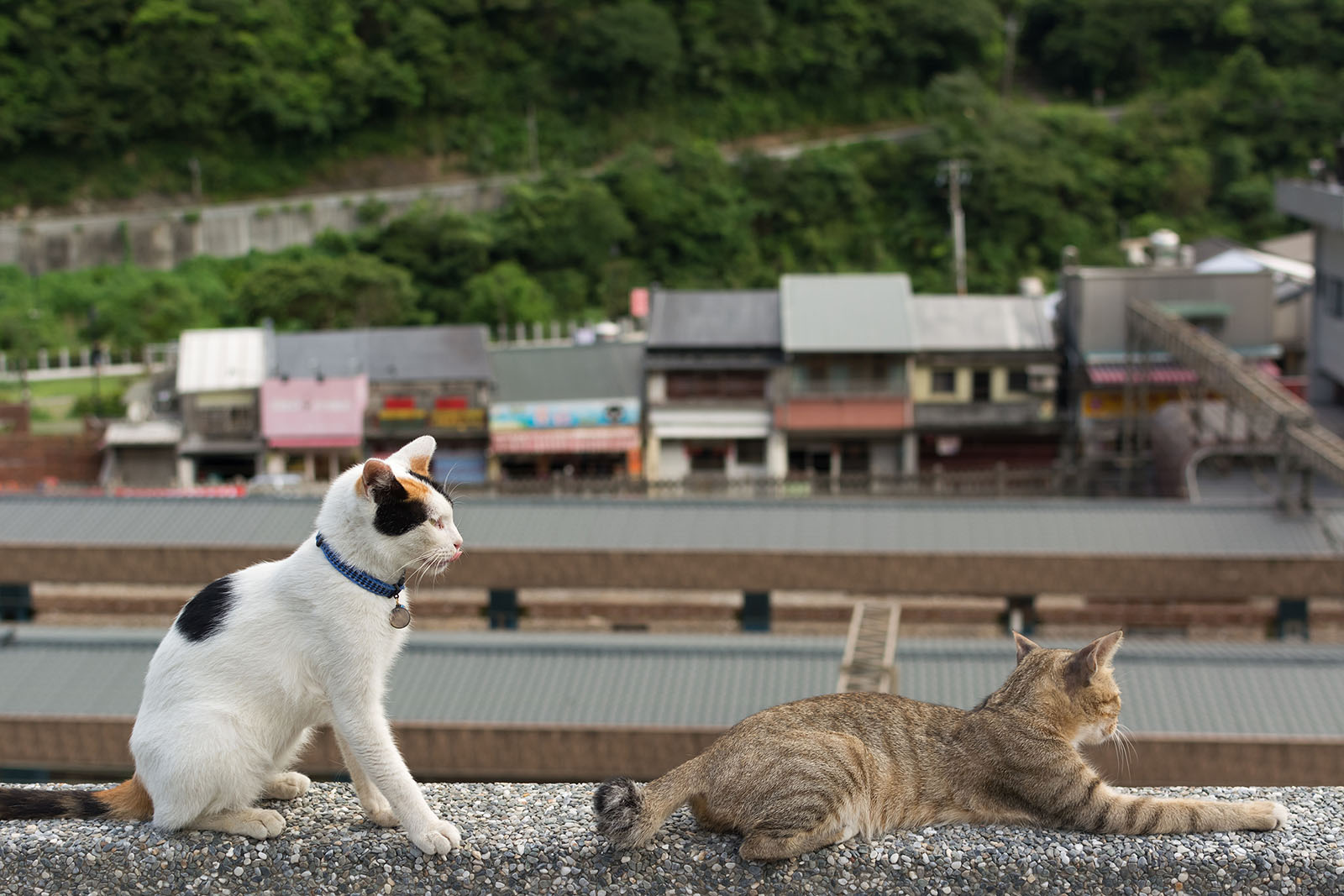
Houtong Cat Village is an unusual destination along the historic and picturesque Pingxi Rail Line. Upon arriving, it’s hard to believe this former coal mining village once had a population of six thousand. Today, the town has shrunk to just under 100 residents, but expanded to house over 250 well-fed and happy felines. The cats are taken care of by the town’s residents and are free to visit the town’s cafes, restaurants and souvenir shops and often interact with tourists. Cat-based activities include hanging out with these felines in various cafes, shops and even along the street (keep in mind the cats are wild and are free to avoid tourists if they wish). For those interested in the area’s history, relics of the town’s once prosperous coal mining past are still visible outside of the railway station, and the local mining museum features excellent English signage.
Pinglin Old Street
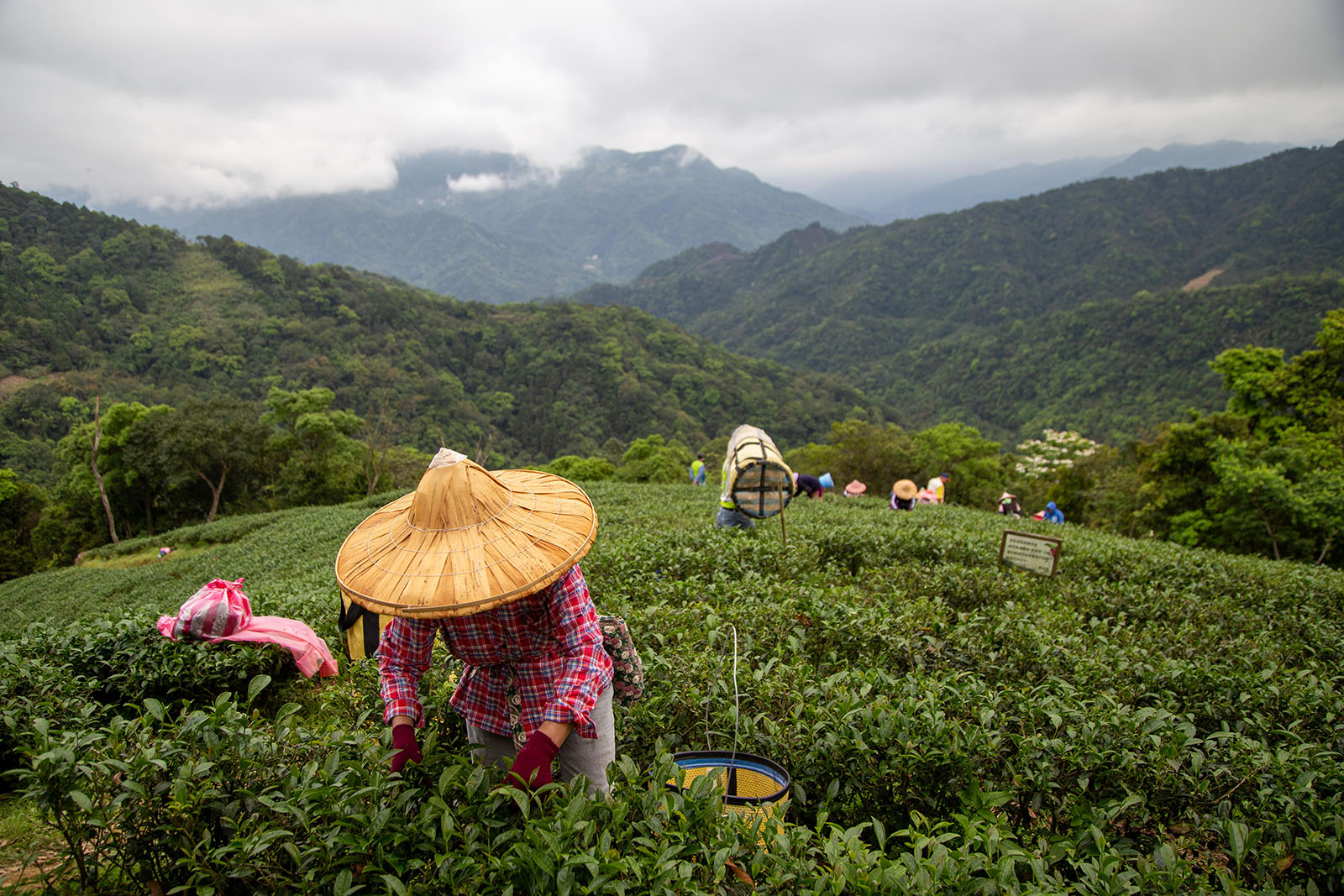
Besides being the source of Taipei’s drinking water, Pinglin is Northern Taiwan’s most famous tea growing region. Unlike the alpine terrain of Central Taiwan’s tea growing regions, Pinglin’s low-altitude mountains and hills make for an easily accessible day trip. Even though it’s just off the highway, the isolated scenery of the tea farms and the idyllic color of the crystal clear rivers here will make you forget you are just a 45-minute drive from Taipei.
Begin at the Pinglin Tea Museum for a general introduction to tea types, tea manufacturing, and the tea making ceremony itself. Armed with this knowledge, take a walk down Pinglin’s old street where local tea producers sell their seasonal products out of the first floor of their houses. Many of the shops along the main street and Pinglin’s old street also operate small restaurants serving local vegetables, tea oil vermicelli, and other local dishes.
« Read Less📍 Route 3: Southern New Taipei
Neidong Forest Recreation Area
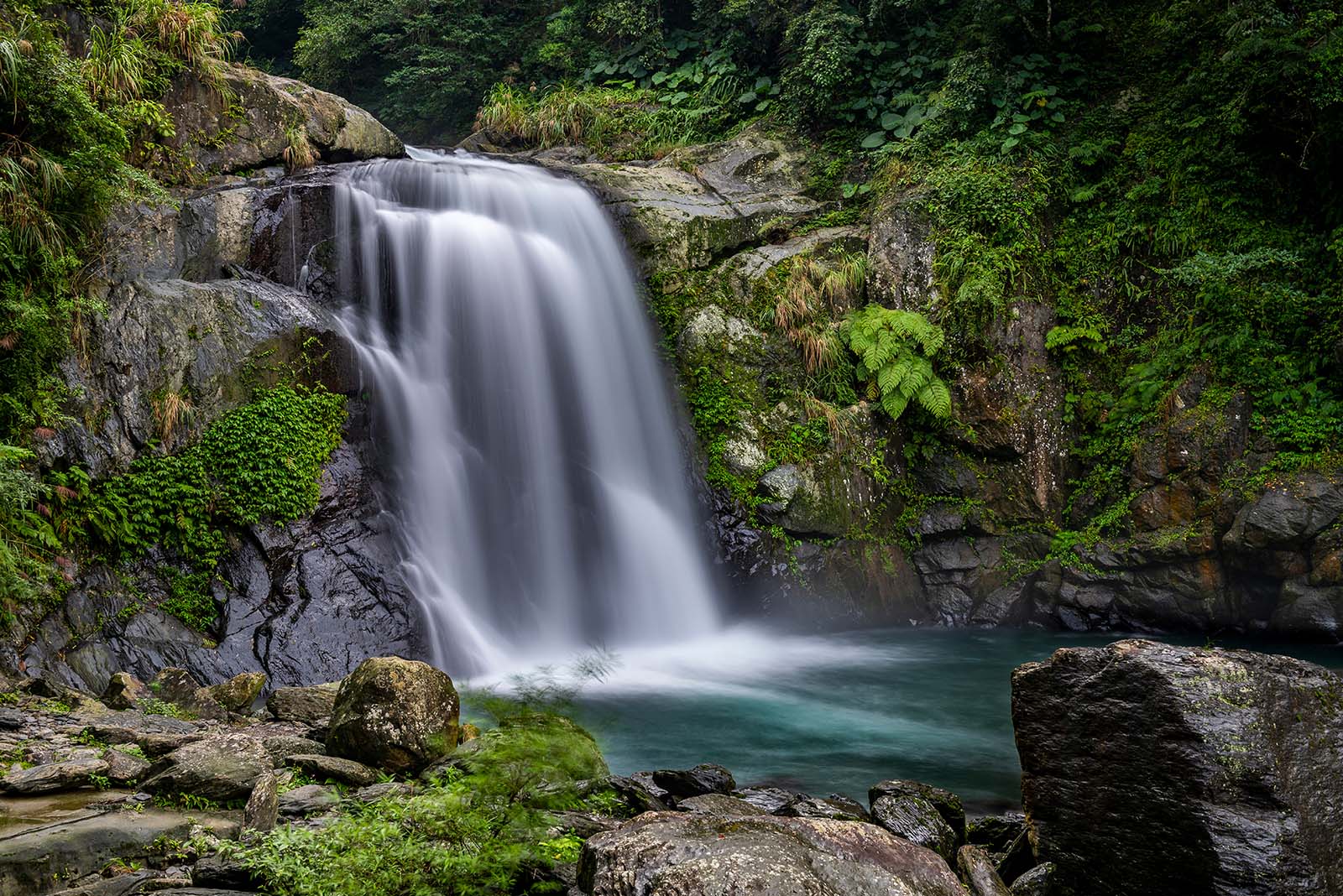
Located in the mountains of Wulai, Neidong Forest Recreation Area is known for being a haven for Taiwan’s numerous fern species. Just several kilometers upriver from the hot spring village of Wulai, Neidong Forest Recreation Area also features numerous waterfalls observation platforms and hiking trails. In fact, just by the entrance, one can catch a glimpse of the powerful Wusha Waterfall across the Nanshi River. The park is also considered one of the best places in Taiwan for frog spotting—the park’s nickname, “Wawa” Valley, is derived from the croaking sound that indigenous frogs make.
The Atayal Town of Wulai
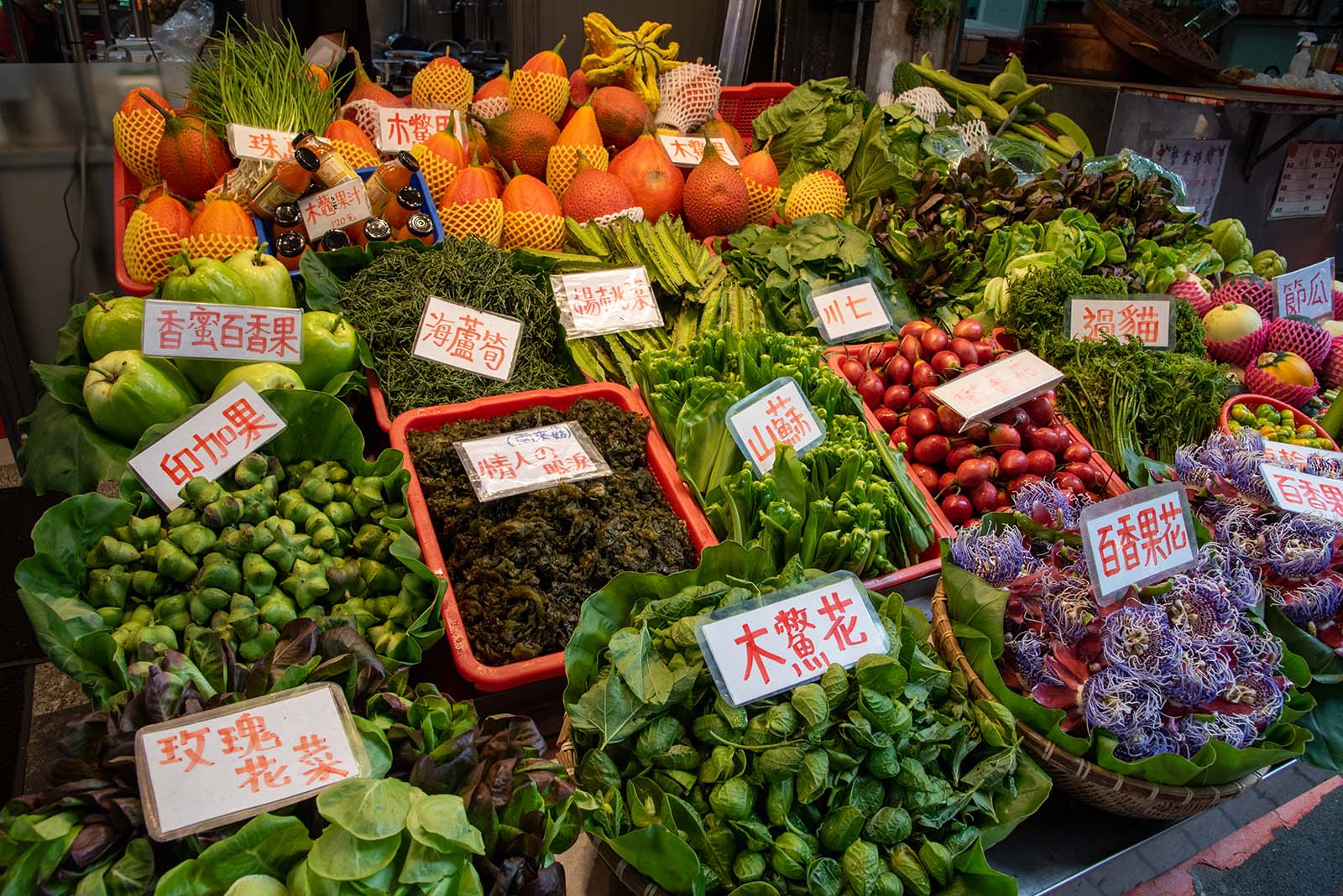
The hot spring town of Wulai is named for the Atayal phrase “kilux ulay”—meaning “hot and poisonous—which is said to be what an Atayal hunter uttered after seeing steam coming from the river below. The town is known for its hot springs, its famous old street and the Wulai Waterfall, which is the highest waterfall in Northern Taiwan. Wulai Old Street is lined with indigenous restaurants specializing in foraged vegetables dishes. In fact, it’s likely that you won’t recognize a single plant they serve you!
The Wulai Waterfall can be accessed by walking further down the road from the old street, or by taking a ride on the Wulai Scenic Train—specifically designed to ferry tourists to and from the Waterfall’s Gondola Station. At the waterfall, indigenous shops run by local Atayal sell traditional clothing, handicrafts, and indigenous snacks—be sure to try the rice-stuffed bamboo, a traditional method of preserving rice for lunch. An optional ride on the Wulai Gondola offers unbeatable views of the Nanshi River Gorge, Wulai Waterfall and Wulai Old Town. An optional ride on the Wulai Gondola offers unbeatable views of the Nanshi River Gorge, Wulai Waterfall and Wulai Old Town.
« Read Less
